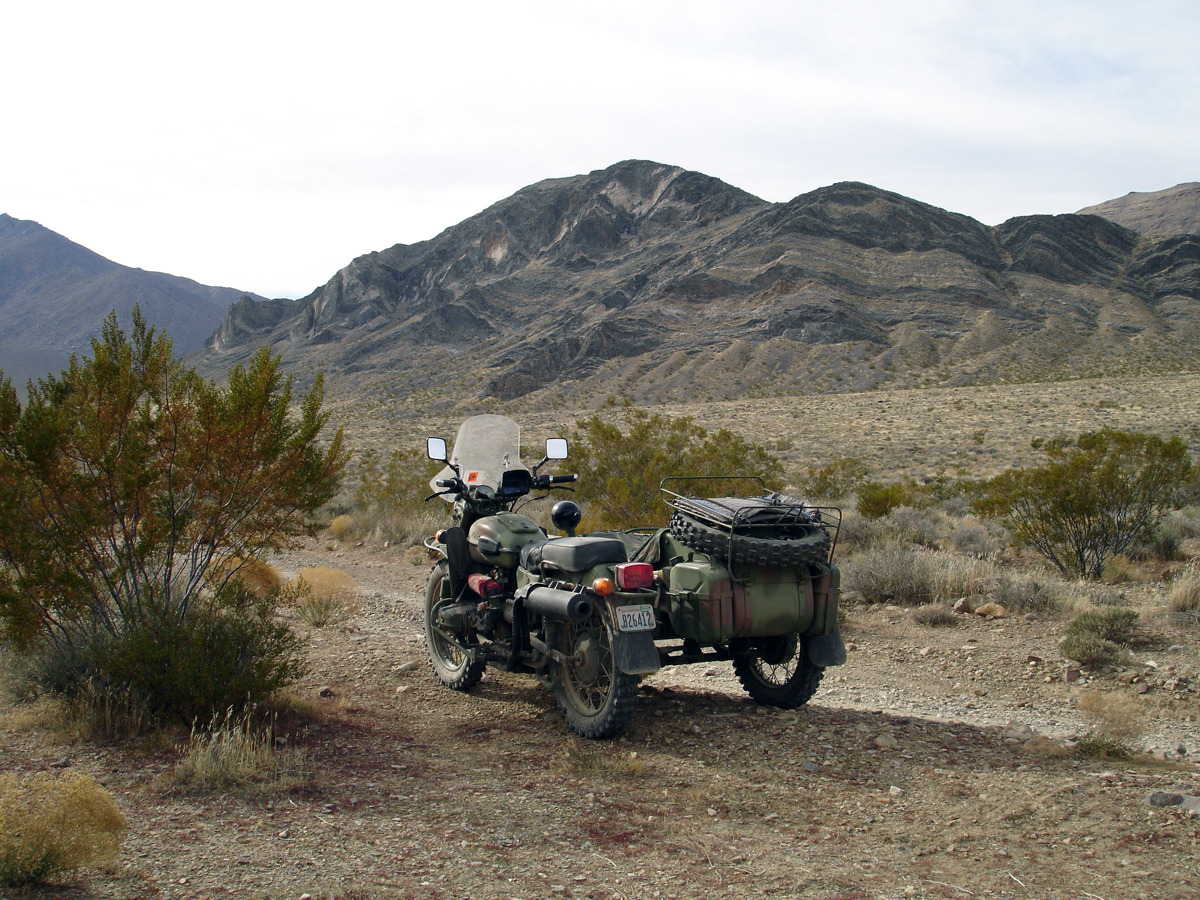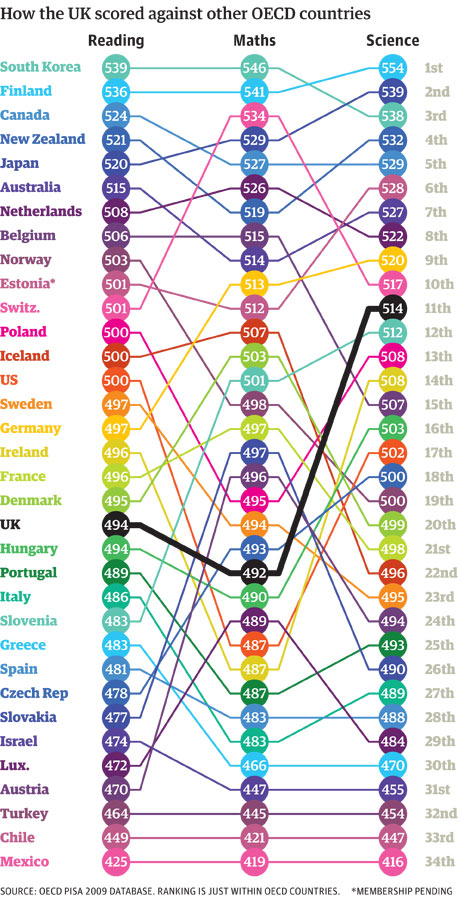Everyone gets all kitted out with monster adventure bikes to travel around the world. A monkey could get a big KTM or BMW around the world, and they’re all adults with giant production budgets and crews!
I want a challenge!
Max & Tim Around the World Expedition!
My eight year old and I do the long way around from Ontario, across the Atlantic, through Ireland and the U.K., across Europe and Asia, through Japan and back through San Francisco and the Western U.S. to Canada.
 |
| The Over Map, you can click on pieces to get a breakdown of each leg |
MAPS
2. Europe 4377kms
3. Russia 4300kms
4. Mongolia 2272kms
5. China 1925kms
6. Japan 1503kms
7. America West 2619kms
TOTAL: 20,219kms on the ground, plus trips across the Atlantic and the Pacific.
Leave Ontario April 1st and put up with some dodgy weather in Canada before making our way to Ireland in May and out of Europe. Across Russia and Siberia in early summer, and then south through Mongolia into China in later summer. End summer across Japan and then do a fall drive through the Western U.S. back to Ontario, returning before Hallow e’en. 214 days, 10 days crossing the Atlantic, 20 days crossing the Pacific, so 184 days on the road, which makes for an average of about 110kms/day, which should be more than possible (with some days off too!). It’ll be slower in some places, but easily doable in developed areas. 400kms/day would be a comfortable five hours of riding in Canada, Europe and the States, as well as Japan and most of China.
So it’s a big impressive map, but we aren’t doing it on a giant adventure bike, we’re doing it on what has always been in my mind the toughest looking motorbike there is!
A Classically Styled Bike & Sidecar!
 The bike and sidecar has faded into history as a cool means of getting through anything, but I still have memories of seeing them in action on the roads of England in the ’70s, and a chance to resurrect the awesome cool of a bike and sidecar on a modern adventure ride is too much to resist. That it allows my son to enjoy biking without being perched on a saddle is also nice. I haven’t seen too many options for adventure touring with a bike and sidecar so we’d get to explore some interesting new ways of loading up a three wheeler for an expedition!
The bike and sidecar has faded into history as a cool means of getting through anything, but I still have memories of seeing them in action on the roads of England in the ’70s, and a chance to resurrect the awesome cool of a bike and sidecar on a modern adventure ride is too much to resist. That it allows my son to enjoy biking without being perched on a saddle is also nice. I haven’t seen too many options for adventure touring with a bike and sidecar so we’d get to explore some interesting new ways of loading up a three wheeler for an expedition!
My weapon of choice would be a Royal Enfield Classic with a matching sidecar. The Classic is modeled on the old Royal Enfield bikes but with modern technology. They are easy to get into and take care of, and the modern touches make it a dependable, tough piece of kit. Besides, everyone and their dog has gone around the world on a BMW, or other big adventure bike. The Classic with a sidecar would bring an entirely different vibe to the macho around the world trek.
 With the bike itself and the sidecar capable of carrying gear we could make some interesting choices for building an expedition ready motorbike. I imagine a bike that is capable of carrying spares, as well as camping gear and all our kit in a more elegant way than the typically overloaded adventure two wheeler.
With the bike itself and the sidecar capable of carrying gear we could make some interesting choices for building an expedition ready motorbike. I imagine a bike that is capable of carrying spares, as well as camping gear and all our kit in a more elegant way than the typically overloaded adventure two wheeler.
If they can hold machine guns and ammo, they can certainly carry what we need for our expedition! Once we’ve got our kit worked out and our aesthetic set, we need to work out…
Logistics!
The bike will be kitted out with Gopros and we’ll have a video/still camera on hand for video diaries. The trick will be to create a narrative from the media we create. As we collect footage from each leg we’ll hand off the media to our Production Manager (Alanna) and take a few days with her in each place before loading up for another leg. Some ideas for narrative might be an ASD father/son relationship as we cross the planet or a look at the history of motorbikes around the world. No matter what, I’d want to film it pushing what technology can do to capture a live experience. To that end, I’d like to create a videoblog of the trip as it happens, as well as a travel documentary when we’re home.
April to October would be travelling, then the winter would be resolving the footage into a story in post-production.
PITSTOPS (where we meet up with our production team)

- Quebec City
- St. John’s
- Dublin
- Norwich
- Brugges
- Warsaw
- Minsk
- Moscow
- Novosibirsk
- Ulaanbaatar
- Beijing
- Shanghai
- Nagasaki
- Kyoto
- Tokyo
- San Francisco
- Omaha
- Chicago
Our production/travel support team meets us at each pit-stop and takes our media while giving us fresh memory to save stuff too. We spend a couple of days at each spot touring about and resting up then we’re off on the road again as Alanna and team flies ahead of us to the next destination. Having a travel expert in country ahead of us should ease crossings and make entry into each new area more efficient.
Alanna could also help produce some establishing shots and other footage for the final product. Needless to say she’d need a production partner… she and I both think… Jeanette! They’d have a fabulous time.
Back To The Kit
Here’s a fun statistic!
- Royal Enfield Classic 500cc = 183 kgs
- Classic side car: 80 kgs
- TOTAL WEIGHT: 263 kgs, or about 88 kgs per wheel
A BMW R1200GS Adventure weighs 260kgs or about 130kgs per wheel, so with a side car and another wheel to share the weight, the Classic weighs about the same as BMW’s big adventure bike, but has a much lighter presence on and off road.

With some handiwork we should be able to fabricate a tonneau cover for the sidecar that keeps Max warm and dry in nasty weather, but disappears when not needed. I’d also look at putting together a canvas tent that works off the structure of the bike.
The Classic Enfield also has a back deck we could fabricate a rack on for carrying, and the long nose in the sidecar could easily hold soft bags and other equipment.
The bike itself could also hold gear in front of the handlebars and behind the saddle. It isn’t a giant bike, but at 500ccs it would be more than capable of getting us down the road with our gear and would get good mileage too.
In parts of the world where lodging is available, we’d refocus the expedition machine on a lighter load with less food carried and minimal equipment. In places more remote, we’d reconfigure for camping and be sure to have the kit we need to get by in the rough.
A year off with an epic trip across the planet with Max would be fantastic! Seeing how he sees the world would be unique.















